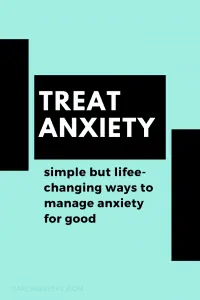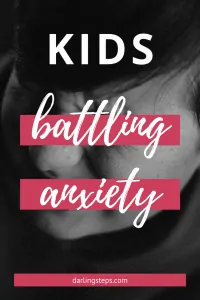8 Bold Ways To Treat Anxiety (That Work!)
Common Treatments for Anxiety
Anxiety is a difficult thing to live with. It can affect your relationships and overall quality of life. The good news is, anxiety tends to respond to treatment. Here are some of the more common treatments for anxiety.
Behavioral Therapy
Behavioral therapy is about just that – behavior. It is not designed to delve into the patient’s past or explore underlying causes of the patient’s anxiety.
It does, however, help the patient identify patterns of thinking and behaving, and how those thoughts and behaviors are connected. The goal is to help the patient manage the problem.
Cognitive Therapy
This kind of therapy teaches the patient to have rational responses to stressful situations rather than negative, self-abasing responses.
Cognitive therapy helps the patient face – and therefore overcome – the irrational thoughts and beliefs that bring on an anxious response.
Medication
While there are several anxiety medications on the market, most experts agree that medication should be used in conjunction with some other sort of therapy. Medication is generally considered a short-term help, and, depending on the type of anxiety exhibited, is not a long-term solution.
Regular Exercise
This is basic but effective. Exercise causes the brain to release endorphins, the “feel-good” brain chemicals that help you relax and feel happy and content.
Exercise also uses your muscles and promotes good circulation. Daily exercise is best, but even regular exercise several times a week has proven helpful.
Meditation or Relaxation Techniques
Like regular exercise, these treatments need to be practiced regularly. They can help release muscle tension. Meditation and relaxation also promote centered, calm patterns of thought.
Hypnosis
While most of us think of a patient lying on a couch with a psychiatrist swinging a pocket watch in front of the patient’s face, modern, legitimate hypnosis is practiced differently.
Performed by a hypnotherapist, hypnosis puts the patient into a deeply relaxed state. While the patient is in this state, the hypnotherapist suggests techniques and methods for managing the patient’s anxiety.
Biofeedback
This treatment basically teaches you how to recognize your body’s anxiety symptoms. It “tunes you in” to your body’s cues so that you can recognize an oncoming episode of anxiety. If you can recognize its onset, you can learn to stop it from getting full-blown.
Psychotherapy
This usually involves talking to someone, and is sometimes called “talk therapy.” Therapists help the anxiety sufferer understand and identify what is going on, which then enables the sufferer to manage his or her anxiety.



